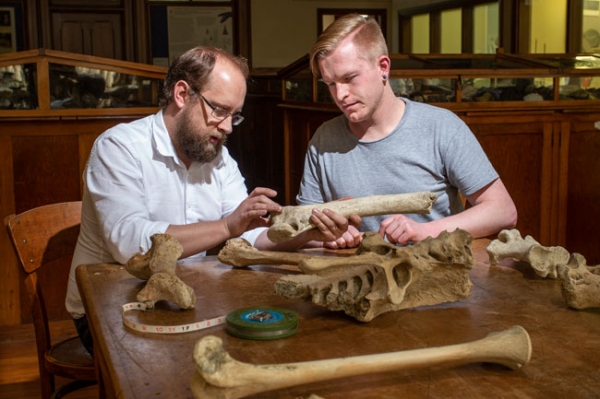Ancient moa DNA has provided insights into how species react to climate change, a University of Otago study has found.
By analysing ancient DNA of the extinct eastern moa, researchers from the Department of Zoology found the giant birds altered their distribution as the climate warmed and cooled.
Lead author Dr Alex Verry says the species was spread across the eastern and southern South Island during the warmer Holocene period, but was restricted to the southern South Island during the height of the last Ice Age about 25,000 years ago.
This is in comparison to the heavy-footed moa, which retreated to both southern and northern regions of the South Island, while the upland moa inhabited four different areas.
“The eastern moa’s response had consequences for its population size and genetic diversity – the last Ice Age lead to a pronounced genetic bottleneck which meant it ended up with lower genetic diversity than other moa living in the same areas,” Dr Verry says.
The study, published in Biology Letters, is the first time high throughput DNA sequencing, which simultaneously sequences millions of pieces of DNA, has been used to investigate moa at the population level.
Read more at: University of Otago
Dr Nic Rawlence and Dr Alexander Verry. (Photo Credit: University of Otago)


